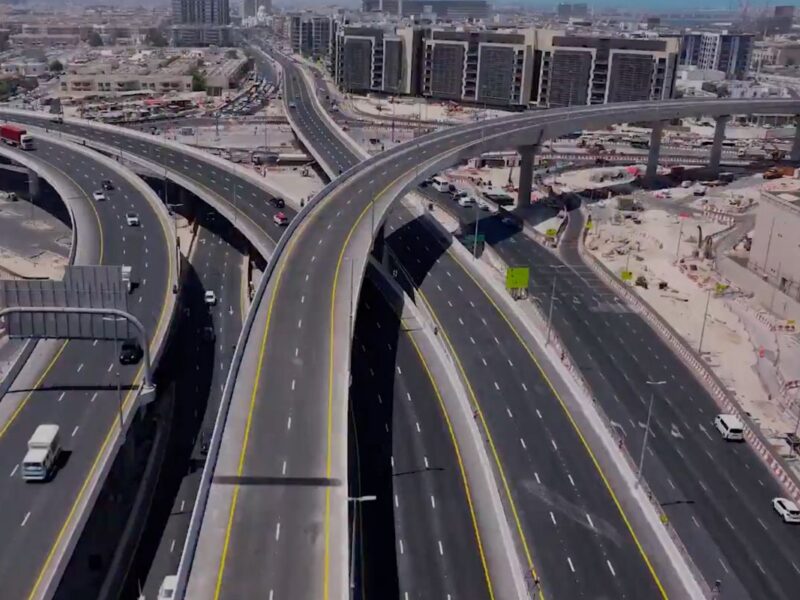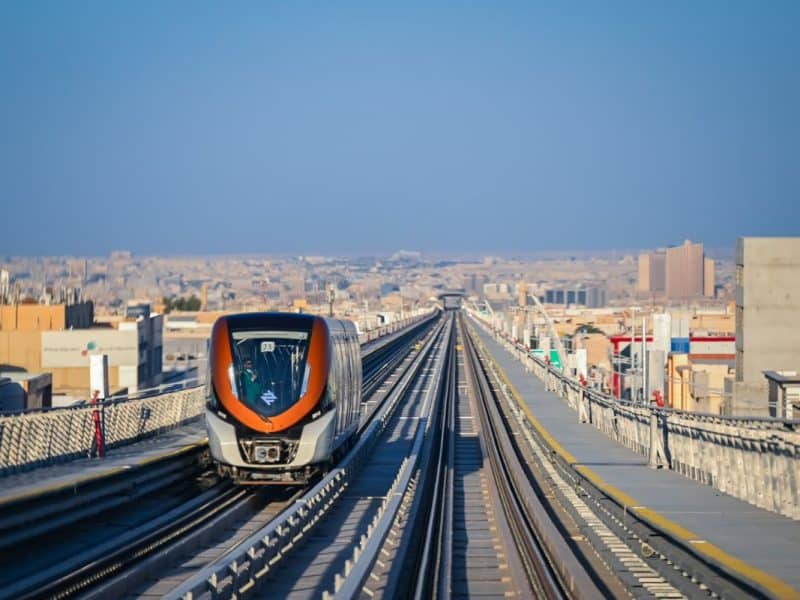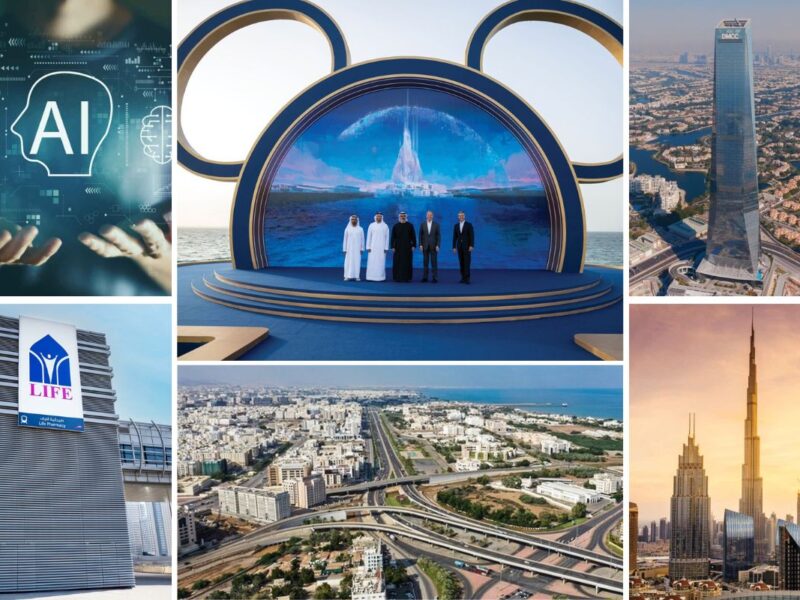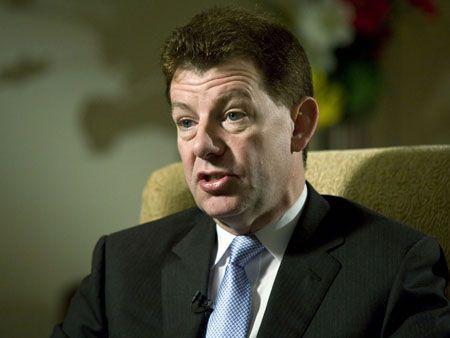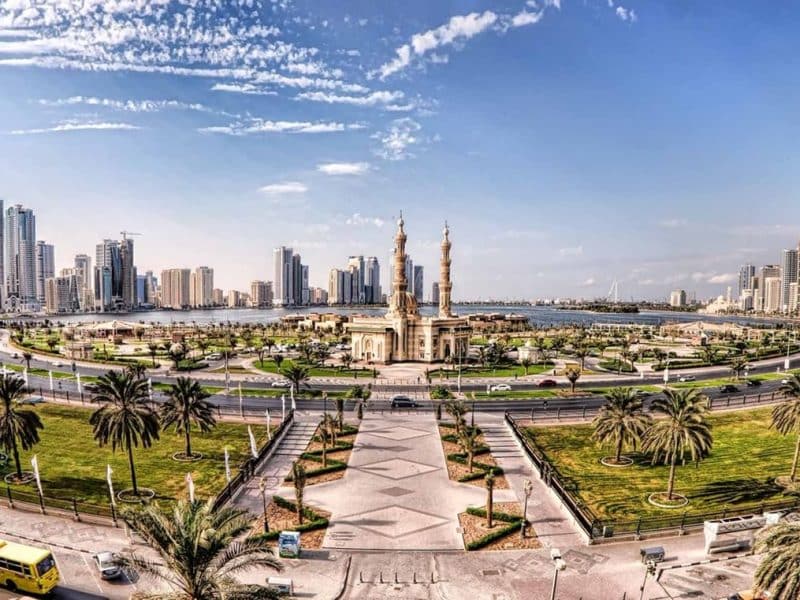Dubai is working to extend its ambitious aviation growth plan by an additional 15 years to 2045, emphasising the emirate’s desire to remain a global leader in the industry.
The new “extremely long timeframe” was revealed during an exclusive interview with Dubai Airports CEO Paul Griffiths to be published in the June edition of CEO Middle East magazine, a sister publication of Arabian Business.
Government-owned Dubai Airports is undergoing a massive expansion at both Dubai International, which is the world’s second busiest airport by international passenger traffic, and the new Al Maktoum International Airport at Dubai World Central (DWC).
“We’re now working on a master plan which will see how we can produce the right amount of capacity for Dubai’s aviation growth up to 2045, so we are thinking a long way ahead here and there are plenty of options,” Griffiths said.
“I think the sky’s the limit, really, as far as the possibilities are concerned.”
The first carriers at DWC are expected to begin operations on October 27 and Griffiths anticipates a major airline will transfer to the new hub, south of Jebel Ali, by summer 2014.
The new airport is expected to become the largest in the world by the time it is finished, with a capacity of 160m passengers.
Dubai International also is undergoing a major expansion to help accommodate the emirate’s rapid air traffic growth while DWC is built.
The world’s only dedicated A380 terminal opened in January and works to increase capacity at Terminal 2, the hub for Dubai’s low cost carrier FlyDubai, by 50 percent was completed earlier this month.
Concourse D at Terminal 1 is expected to be completed by the end of 2016, importantly creating additional capacity for foreign airlines.
“That will be added to our portfolio by the end of 2016 and will give us probably another 20m passenger increase,” Griffiths said.
“So by 2018 we’re looking at a capacity at Dubai International of about 90m and possibly pushing that a bit over the following decade to about 100m by 2020.”
Griffiths said a decision on the future of Dubai International once DWC was fully operational would be unlikely to be made within the next decade.
“Fortunately we don’t need to make that decision for quite some time,” he said.
“We’re talking about an extremely long timeframe here because the current design capacity of the new airport is about 160m and the question on our lips at the moment is how can we construct it in such a way to make the transition between the two airports complete.
“Options that we’re currently studying include keeping the existing airport running in some shape or form, [while] other options are potentially closing it and transferring everything across to DWC.”
Tight air traffic space could make it infeasible to run the airports in parallel, particularly with airports in Abu Dhabi and Sharjah also in close proximity, Griffiths said.
“But the convenience of the location of Dubai International plus the advance logistics and the huge capacity we’ll have at DWC will clearly both be factors in that decision, but we probably don’t have to make that decision for at least another 10 years,” he said.
An extension of the existing Dubai metro red line from Jebel Ali to DWC and a rapid heavy rail system to help cope with the huge number of visitors also were needed, he said.

